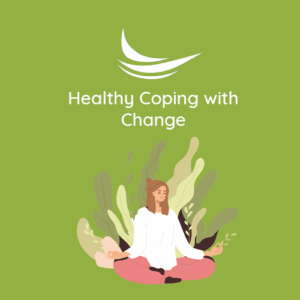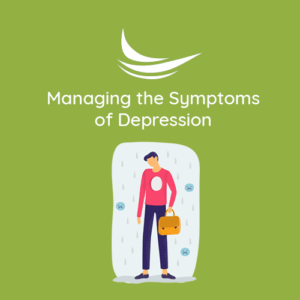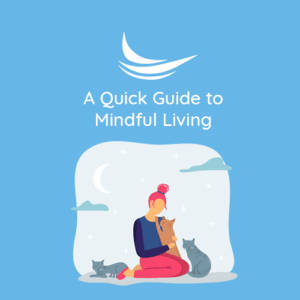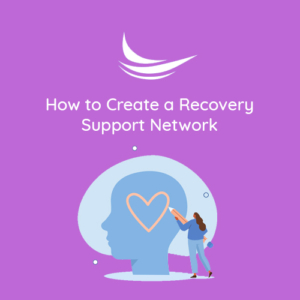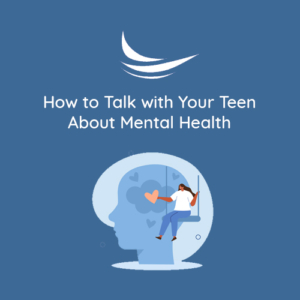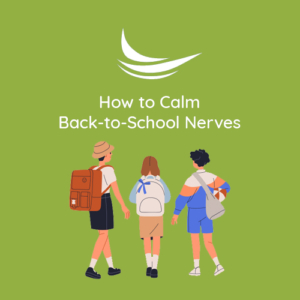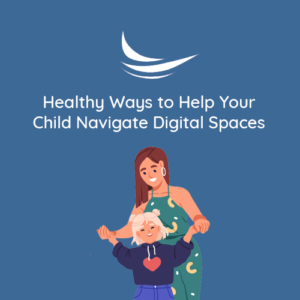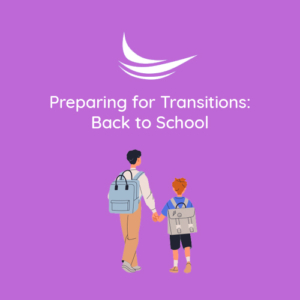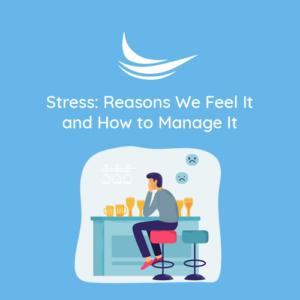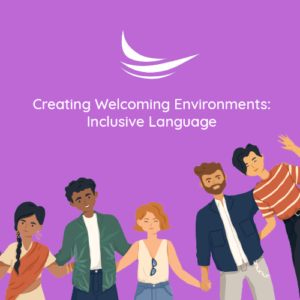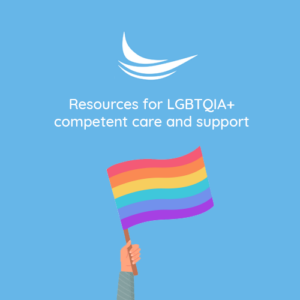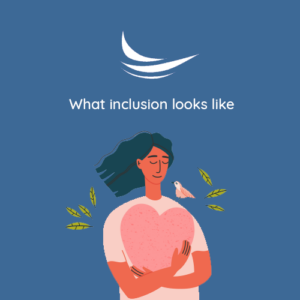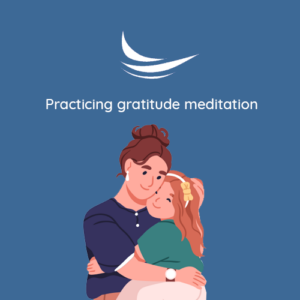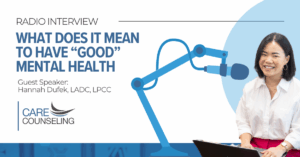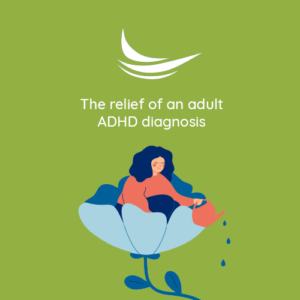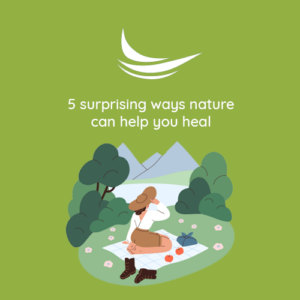Fall Fashion for Mental Wellness
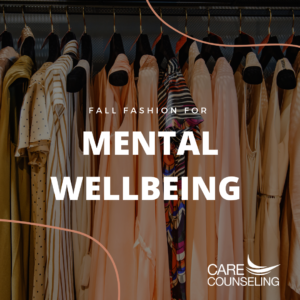 The arrival of fall brings not only a change in weather but also an opportunity to transform your wardrobe. Beyond just the aesthetic appeal, the clothes you wear can significantly influence your mood and overall mental wellness. As you transition your closet for the new season, consider the powerful connection between fall fashion and your emotional state. By making intentional clothing choices that align with your feelings and aspirations, you can enhance your sense of self, boost confidence, and promote a positive mindset.
The arrival of fall brings not only a change in weather but also an opportunity to transform your wardrobe. Beyond just the aesthetic appeal, the clothes you wear can significantly influence your mood and overall mental wellness. As you transition your closet for the new season, consider the powerful connection between fall fashion and your emotional state. By making intentional clothing choices that align with your feelings and aspirations, you can enhance your sense of self, boost confidence, and promote a positive mindset.
The Psychology of Clothing
Clothing is more than a covering—it’s a form of self-expression that communicates your identity, emotions, and intentions to the world. The psychology of clothing reveals that the clothes you choose to wear have a profound impact on your thoughts and emotions. When you wear clothes that reflect your mood and desired outlook, you create a powerful synergy between your inner and outer worlds.
Embrace Comfort and Coziness
As the temperatures drop and leaves change color, fall is synonymous with coziness and comfort. Your clothing choices can enhance these feelings, creating a sense of warmth and security that aligns with the season. Soft sweaters, scarves, and knitted textures can evoke a sense of nurturance and relaxation, promoting a feeling of safety and tranquility.
Harness the Power of Color
Color plays a pivotal role in shaping our emotions. Just as fall foliage transforms into vibrant hues, your clothing choices can mirror the beauty of the changing landscape. Earthy tones like rich browns, warm oranges, and deep burgundies can evoke feelings of grounding and stability. Incorporate these colors into your wardrobe to amplify your connection with nature and promote emotional balance.
Express Your Authentic Self
Clothing serves as a canvas for self-expression. Embrace fall fashion as an opportunity to showcase your authentic self and connect with your inner aspirations. Choose pieces that resonate with your personality and values, whether it’s a vintage-inspired outfit, a cozy knit, or a statement accessory. Expressing your uniqueness through clothing can boost self-esteem and promote a sense of empowerment.
Boost Confidence and Mood
The clothes you wear can have a direct impact on your confidence and mood. Dressing in a way that aligns with your desired state of mind can empower you to face the day with positivity. Whether it’s a polished outfit for a professional setting or a comfortable ensemble for a casual outing, your clothing choices can set the tone for a confident and uplifting experience.
Mindful Dressing Rituals
Fall fashion offers an opportunity to engage in mindful dressing rituals. Taking time to select an outfit that resonates with your mood and intentions can be a form of self-care. Before you get dressed, take a moment to check in with yourself and consider how you want to feel throughout the day. By intentionally choosing clothes that match your desired emotional state, you’re aligning your inner and outer worlds for greater harmony.
Dress for the Occasion
Each day presents different activities and responsibilities. Dressing appropriately for the occasion not only ensures comfort but also enhances your ability to fully engage in the moment. Whether you’re embracing a crisp morning walk, attending a cozy indoor gathering, or tackling a productive workday, choosing the right attire can help you feel prepared and confident.
Mind-Body Connection
The mind-body connection is a powerful phenomenon that underscores the link between physical and emotional wellbeing. Your clothing choices are an integral part of this connection. When you wear clothes that make you feel good, your body responds with positive sensations, releasing neurotransmitters that enhance your mood and sense of wellbeing.
Fall Fashion Rituals for Mental Wellness
- Wardrobe Audit: Take time to declutter your closet and set aside clothes that no longer align with your style or aspirations. Creating a wardrobe that reflects your current self can be liberating and invigorating.
- Intentional Outfit Planning: Before bed or early in the morning, select your outfit mindfully. Consider how you want to feel during the day and choose clothes that support that emotional state.
- Texture and Comfort: opt for textures and fabrics that provide comfort and a sense of touch. Soft materials can trigger feelings of warmth and security, promoting relaxation.
- Color Exploration: Experiment with fall colors that resonate with your emotions. Incorporate shades that evoke positive feelings and align with the season’s ambiance.
- Mindful Dressing Affirmations: Pair your outfit selection with positive affirmations. As you put on each piece, affirm your intentions for the day and channel those affirmations throughout your activities.
Fall fashion isn’t just about staying stylish; it’s an opportunity to cultivate mental wellness and embrace the transformative power of clothing. By making intentional choices that mirror your inner state, you’re nurturing a holistic sense of wellbeing that harmonizes your emotional, mental, and physical experiences. As you step into the new season, remember that the clothes you wear are not only a reflection of who you are but also a tool for enhancing how you feel and experience life.

